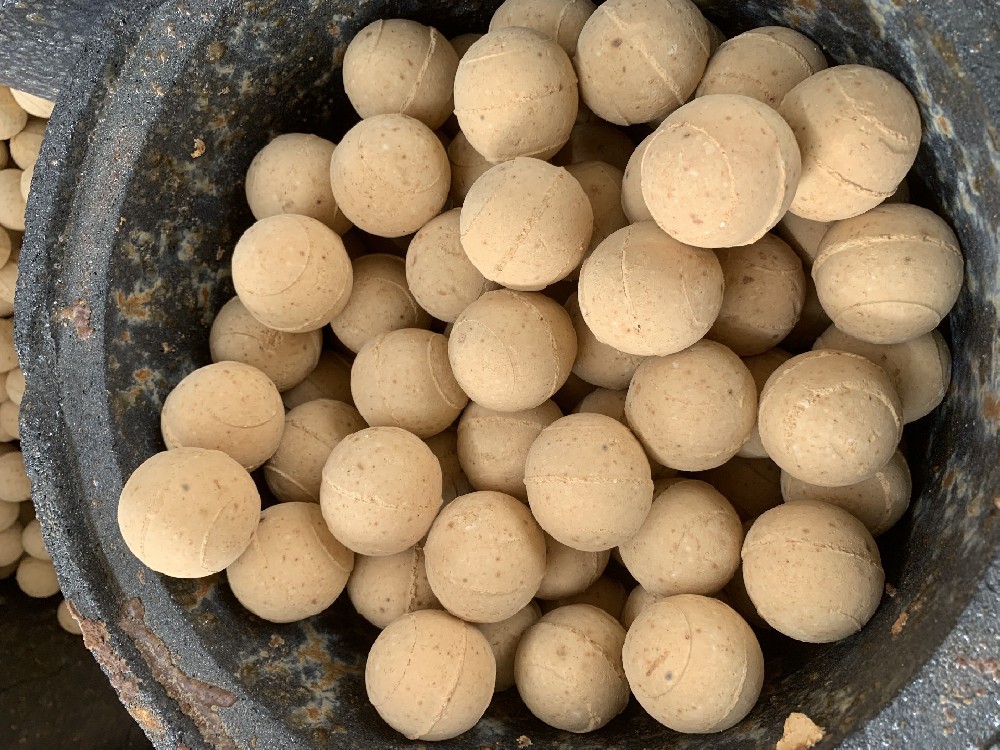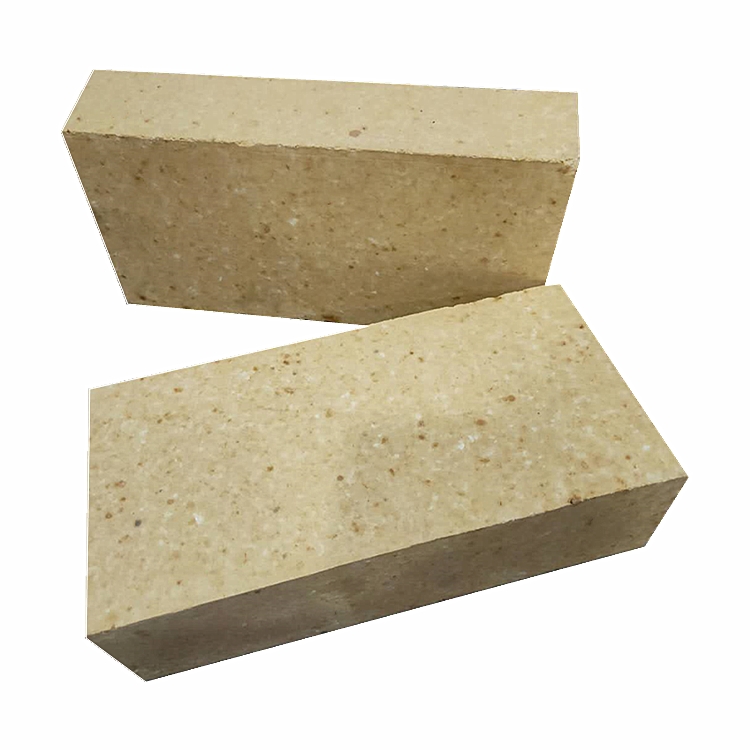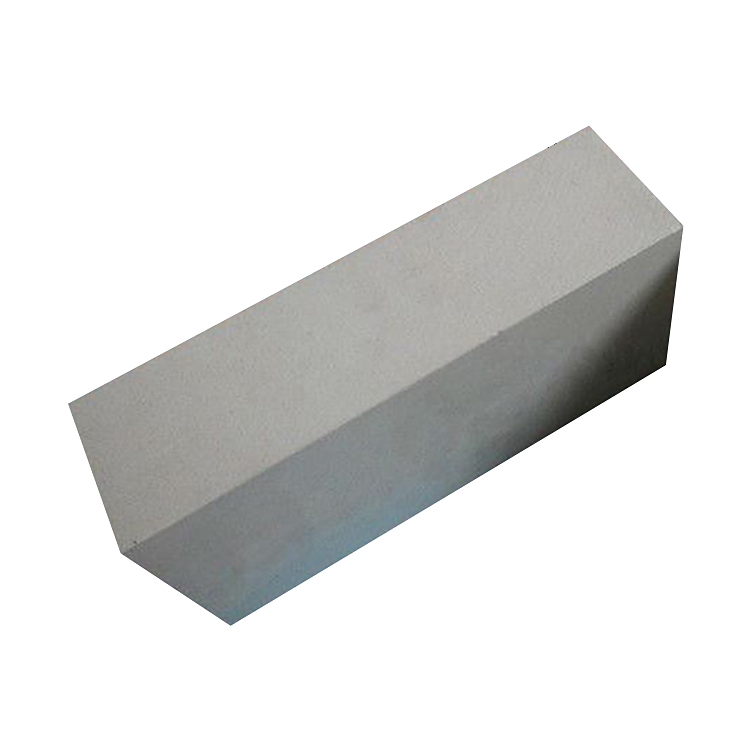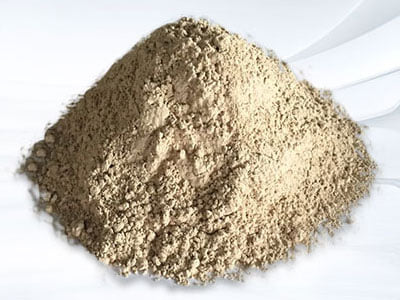Fused Silica Brick
Application of Fused Silica Brick in Glass Kiln
Melting low-alkali glass generally uses fused silica brick as kilns. The typical characteristics of fused silica brick is small thermal expansion and high resistivity, and their performance is more favorable for electric melting furnaces. Above 1150°C, the crystalline phase of the fused silica brick is cristobalite; at the same time, higher deformation resistance and corrosion resistance are obtained during the temperature rise. Therefore, the fused silica brick is transformed into cristobalite before it is in contact with the glass liquid, that is, before it is fed into the kiln.
The production of borosilicate and opal glass is preferably made of zirconium refractory with a composition equivalent to pure zircon (ZrSiO4), manufactured by grouting or isostatic pressing, and its use depends on the respective apparent porosity. The porosity ranges from 8% to 11% (bulk density 3.92g/cm3), which is used for lining the kiln bottom, flow hole, forming part and forehearth when melting and forming borosilicate glass. These refractories have very few bubbles into the molten glass and do not color the molten glass. Zircon, a dense zircon refractory material with an apparent porosity of 1% (volume density of 4.22g/cm3), has no bubbles entering the glass. And it will not color the glass, it is used for masonry furnaces of borosilicate glass and E glass (for glass fiber), and is suitable for pool walls, pool bottoms and flow holes. Zircon refractory material Zircon has very good resistance to temperature changes and high resistivity.
Quartz bricks are used in the pool walls and flow hole parts of low-alkali or alkali-free borosilicate glass pool furnaces. It is an acidic refractory material. It is used in the part in contact with the glass liquid. It is required that the quartz brick should be fully converted into cristobalite before contacting with the glass liquid, which can improve the corrosion resistance. Quartz bricks are used at high temperature, and gradually crystallize into cristobalite crystals, and the erosion surface is uniform.
The stone formed by the eroded quartz brick is white, with few impurities, and the microstructure is that the outer contact with the glass liquid is a large skeleton, agglomerated cristobalite. There are many pores around, and the inner layer has columnar and spearhead-shaped tridymite. The stones that enter the glass from the quartz bricks of the working pool wall are mostly tridymite spearhead twin crystals.
-

Thermal storage alumina balls
The Thermal storage alumina ballsis made of industrial alumina and refractory kaolin as the main raw materials through scientific formula, forming and high-temperature calcination.Thermal storage alumina ballss are divid··· -

Anti-stripping high alumina brick
Use description of Anti-stripping high alumina brick1. Anti-stripping high alumina brick has a good application in low temperature parts such as large and medium-sized cement precalciner, kiln smoke chamber, indoor decom··· -

Anti-stripping high alumina bricks
Anti-stripping high alumina bricks are made of high alumina bauxite clinker, mullite, kyanite, zircon sand, and binder after granulating and powdering processes, mixed in a certain proportion, pressed into shape, and fir··· -

silica hot repair refractory
Performance index of silica hot repair refractoryThe material is a kind of plastic unshaped refractory material, its main component is SiO2, it is made of special clinker and various binders and additives, and it is proc···

